DESIRABLE DIGITS
Understanding falling number (FN) in wheat can help farmers make informed decisions about harvest quality. The FN test measures the activity of the enzyme alpha-amylase in wheat. This activity is caused by pre-harvest sprouting.
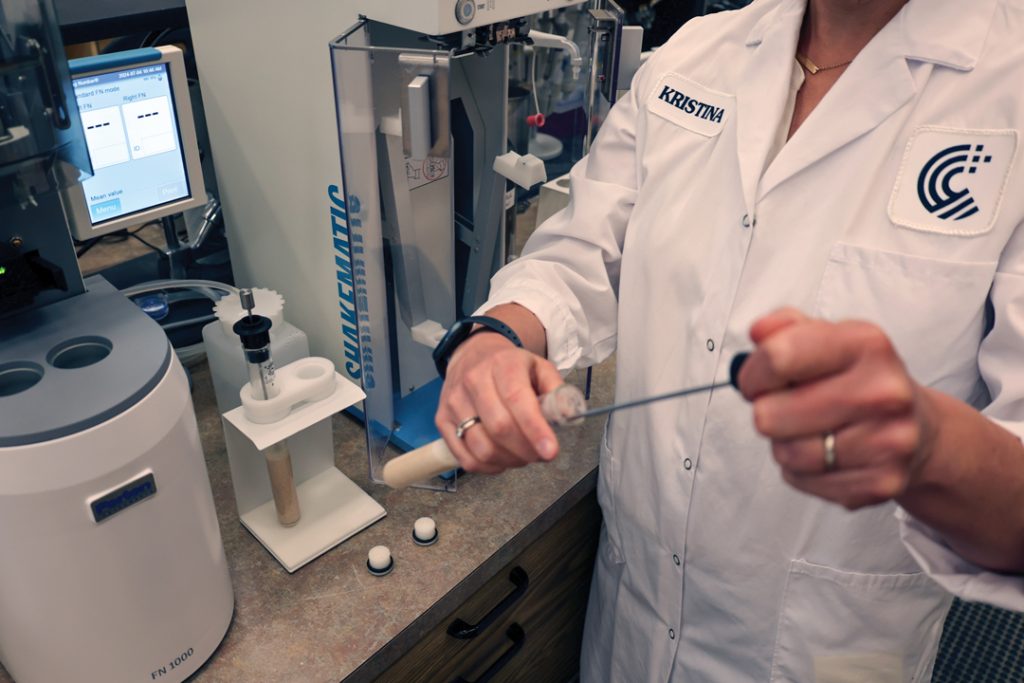
Understanding falling number (FN) in wheat can help farmers make informed decisions about harvest quality. The FN test measures the activity of the enzyme alpha-amylase in wheat. This activity is caused by pre-harvest sprouting.

Following the release of its 2023 New Wheat Crop report in November of last year, Cereals Canada led four international New Wheat Crop Trade and Technical Missions to showcase the quality of Canadian wheat to customers and buyers. Mission team members included representatives of the Canadian Grain Commission (CGC), exporters and farmers from four provincial wheat organizations.
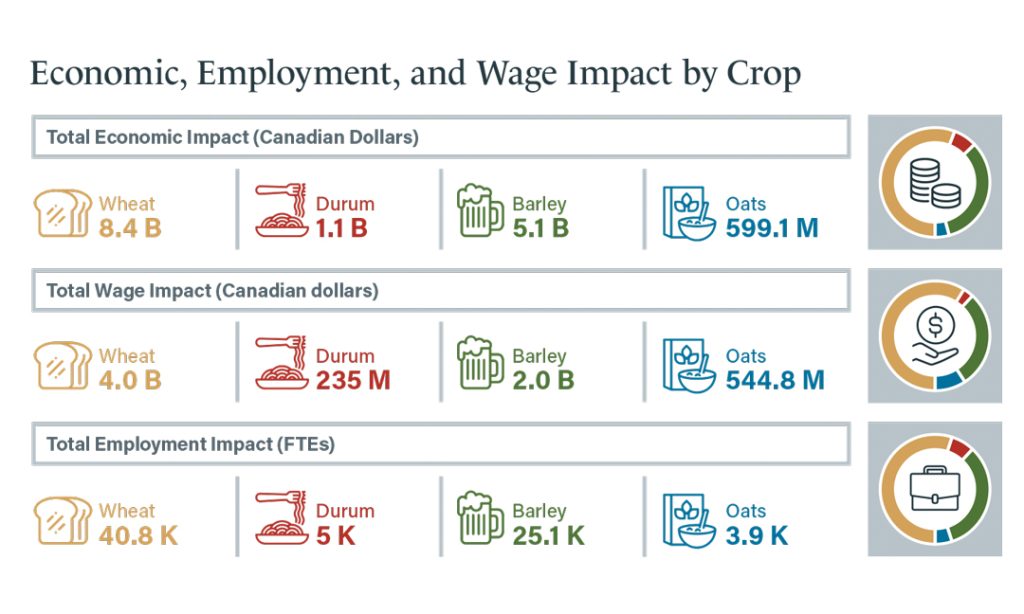
Alberta has long been known as an economic powerhouse when it comes to the energy sector, however a new report commissioned by Cereals Canada shines a light on another strong economic driver for the province and the country—cereal grains.
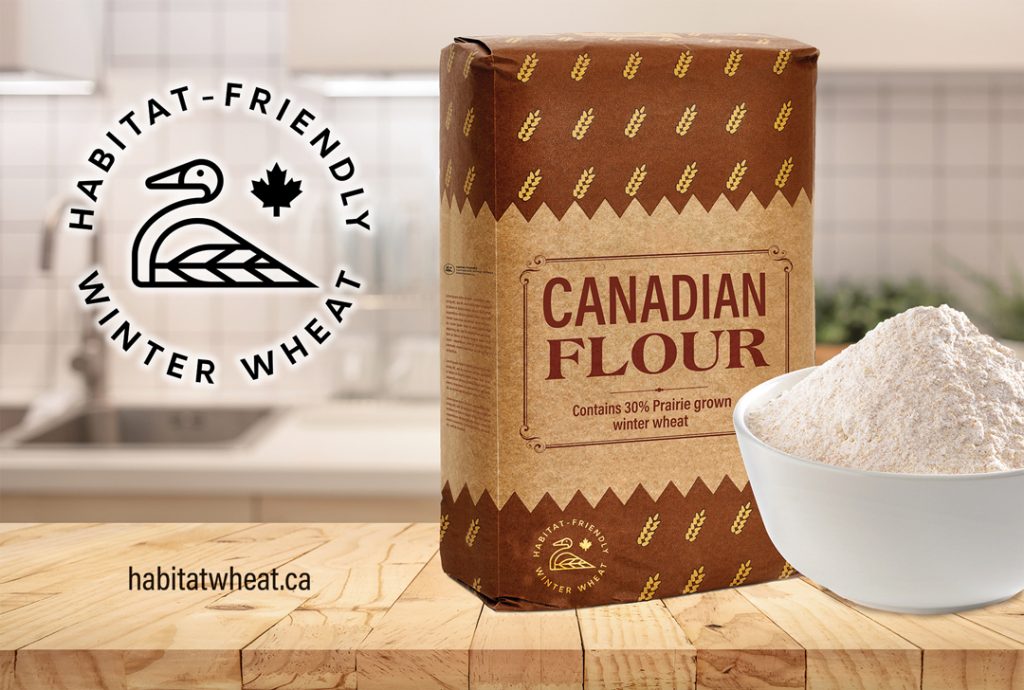
Labelling agri-food products that support environmental initiatives is necessary to bridge the gap between farmers and consumers. This approach also presents a unique opportunity for food and beverage companies to demonstrate their own green ethos.

An overarching goal of the grain industry is to maximize production and processing efficiency. However, Canada’s post-harvest system is not perfect. Post-harvest losses in Canada are said to be north of $1 billion annually.

In the fall of last year, BASF VP of public affairs Julia Hamal told a crowded room of ag industry professionals something they already knew, namely that Canada’s sector is envied around the world. As Hamal spoke to the room at the Canadian Centre for Food Integrity’s Public Trust Summit, she was quick to add that Canada is not speaking as loudly as it could about its greatest qualities, such as its progressive regulatory environment.
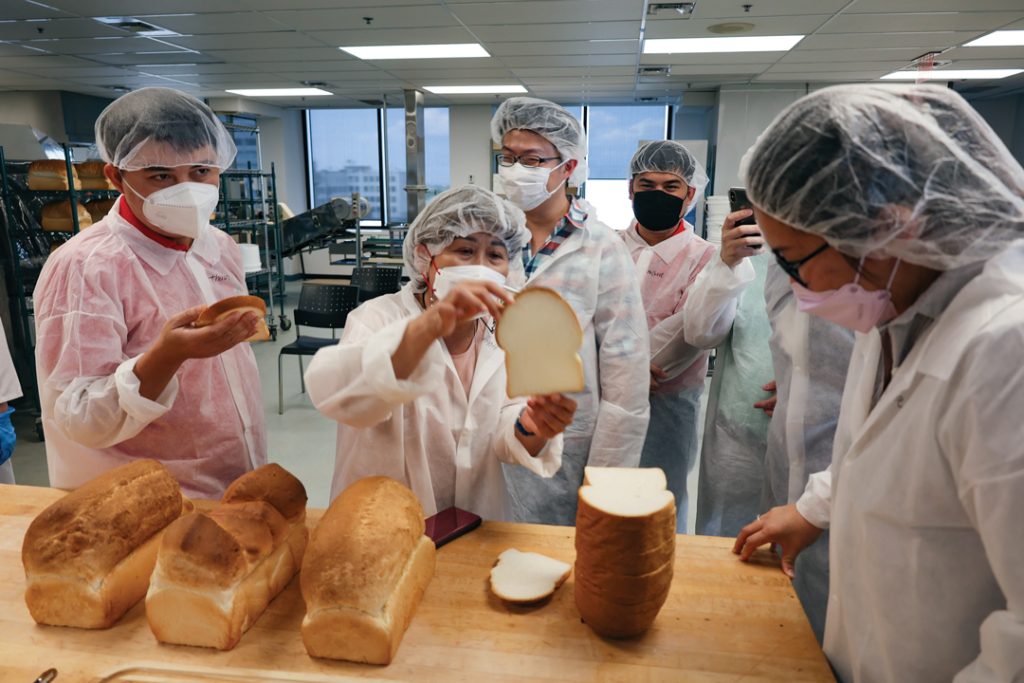
Markets, trade and technical services are at the core of Cereals Canada operations. With the onset of COVID-19 in spring 2020, many of the organization’s activities, including international new crop missions, were conducted virtually. This past July, Cereals Canada returned to in-person operations.
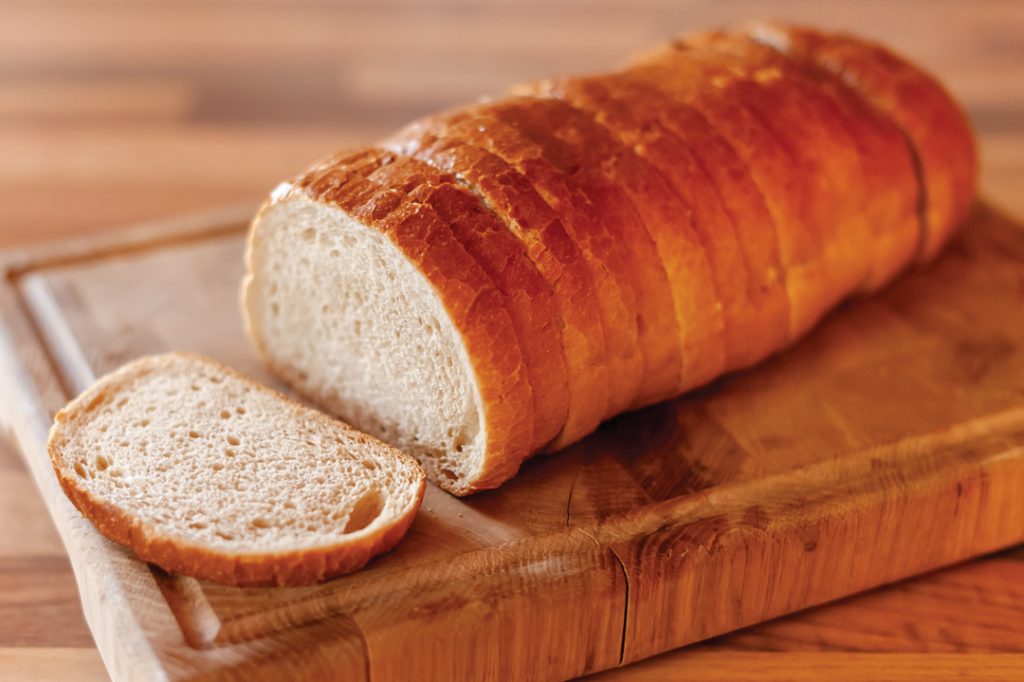
The newly launched What about Wheat? campaign is intended to promote the nutritional benefits of wheat and the positive practices employed by the farmers who grow it. Partners in the value chain-led initiative include Cereals Canada, the Alberta Wheat Commission (AWC), Saskatchewan Wheat Development Commission, Manitoba Crop Alliance, Grain Farmers of Ontario and the Canadian National Millers Association with support from Synthesis Agri-Food Network.
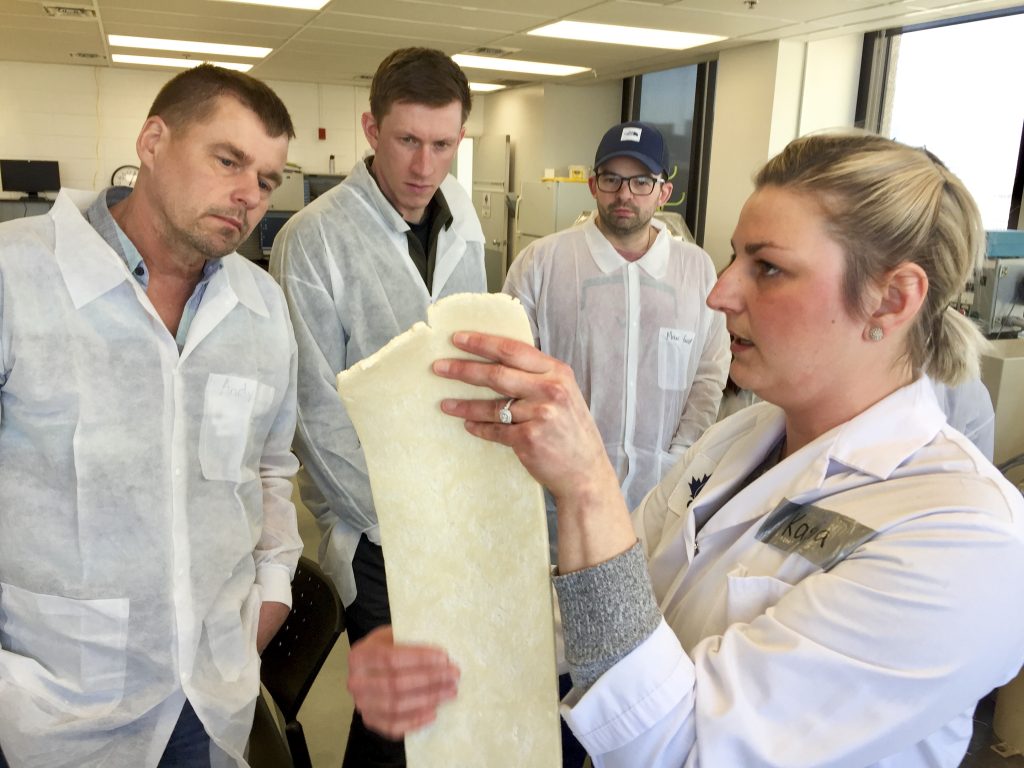
For more than 20 years, Cereals Canada has welcomed farmers from Alberta, Saskatchewan and Manitoba to its Winnipeg headquarters for its annual Combine to Customer program. The exception was 2021 when the COVID-19 pandemic forced its cancellation.
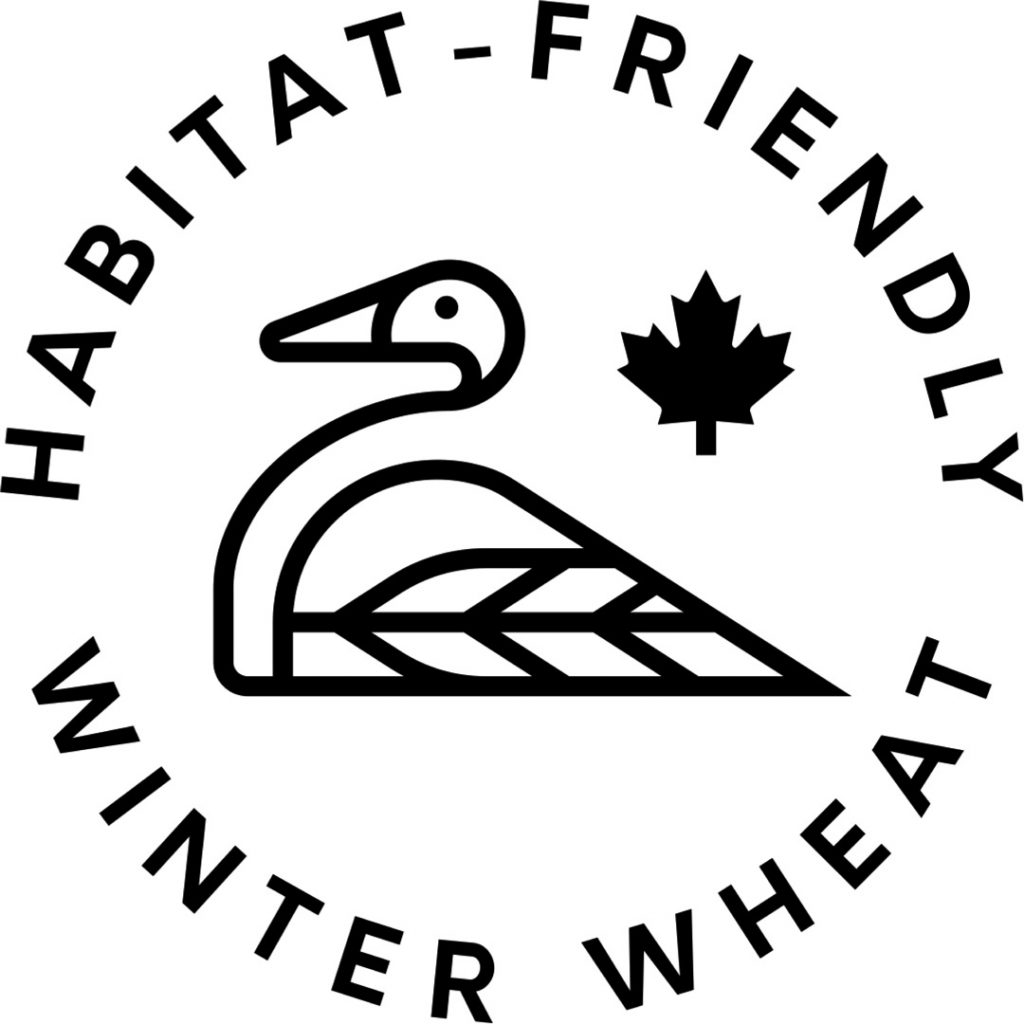
To be launched in November, the Habitat-Friendly Winter Wheat Ecolabel will create new opportunities for farmers and generate buzz among consumers about the environmental benefits of Canadian agriculture. This initiative is the product of collaboration driven by Cereals Canada and partners such as the Alberta Wheat Commission as well as additional crop groups, end-users and Ducks Unlimited Canada.